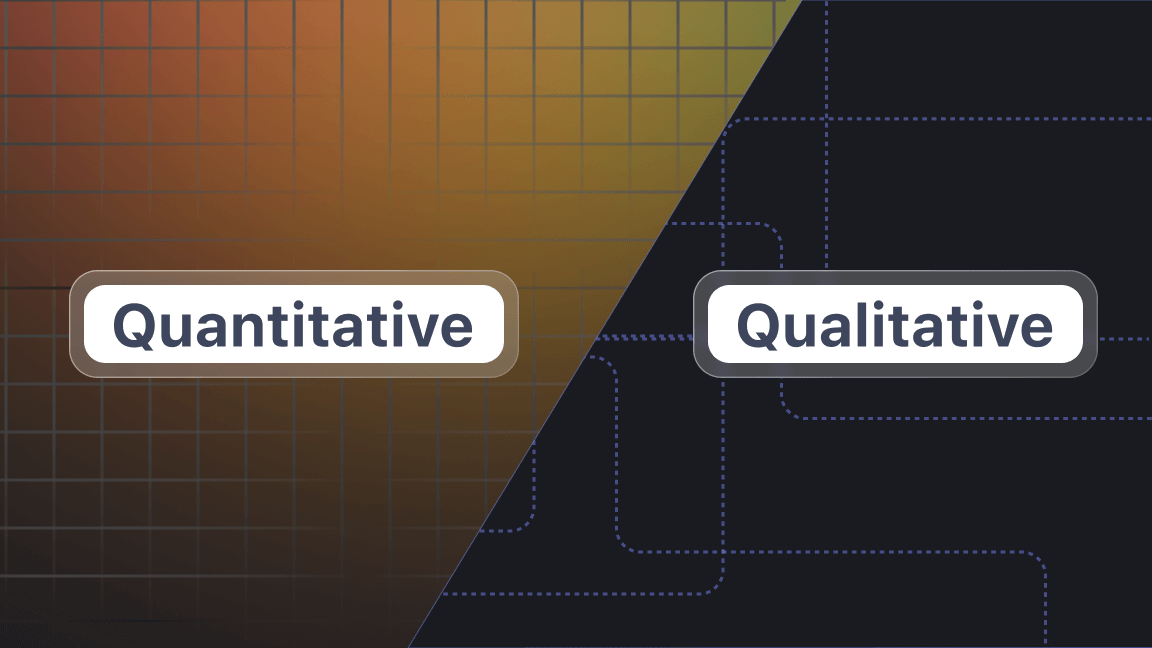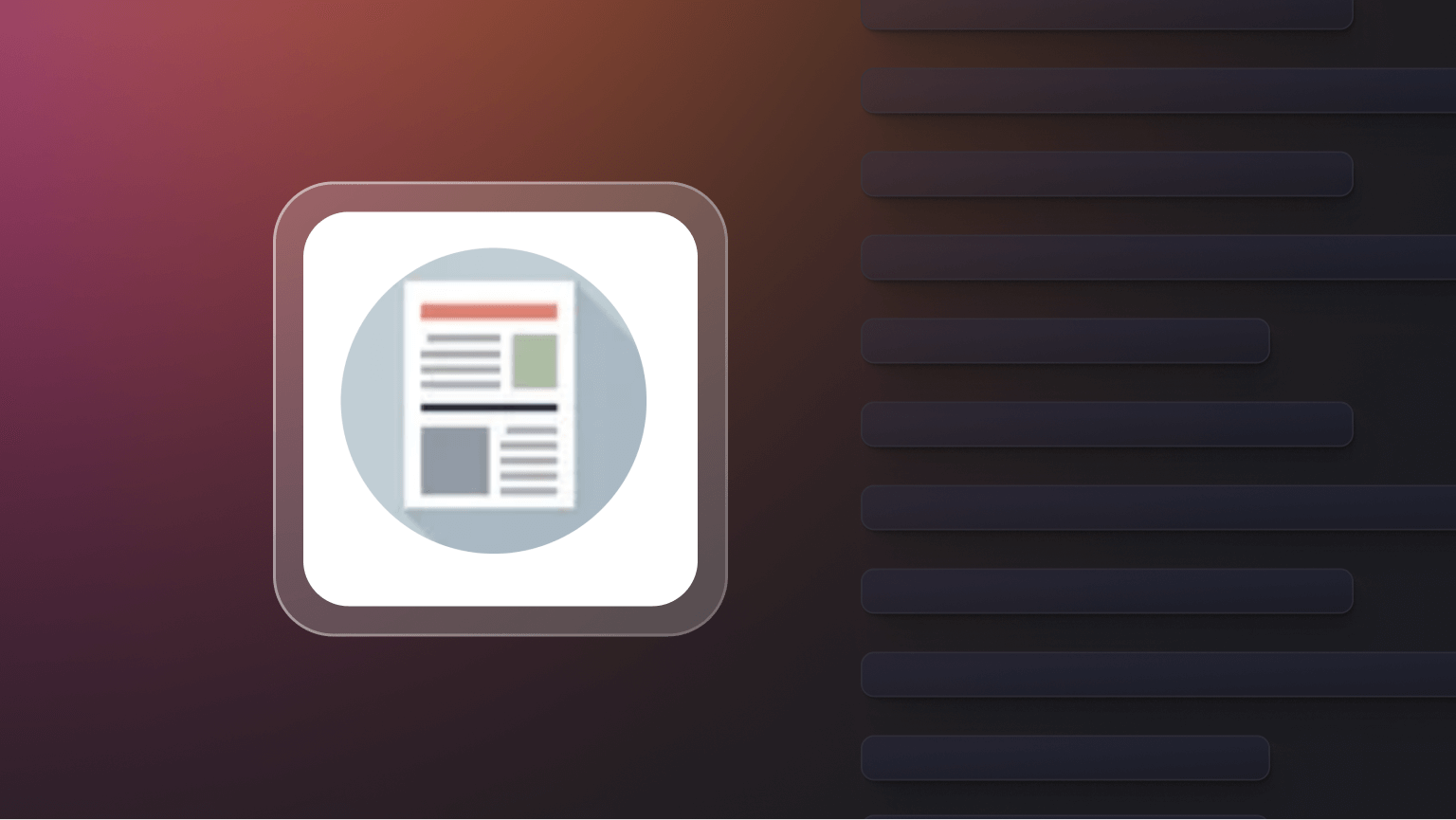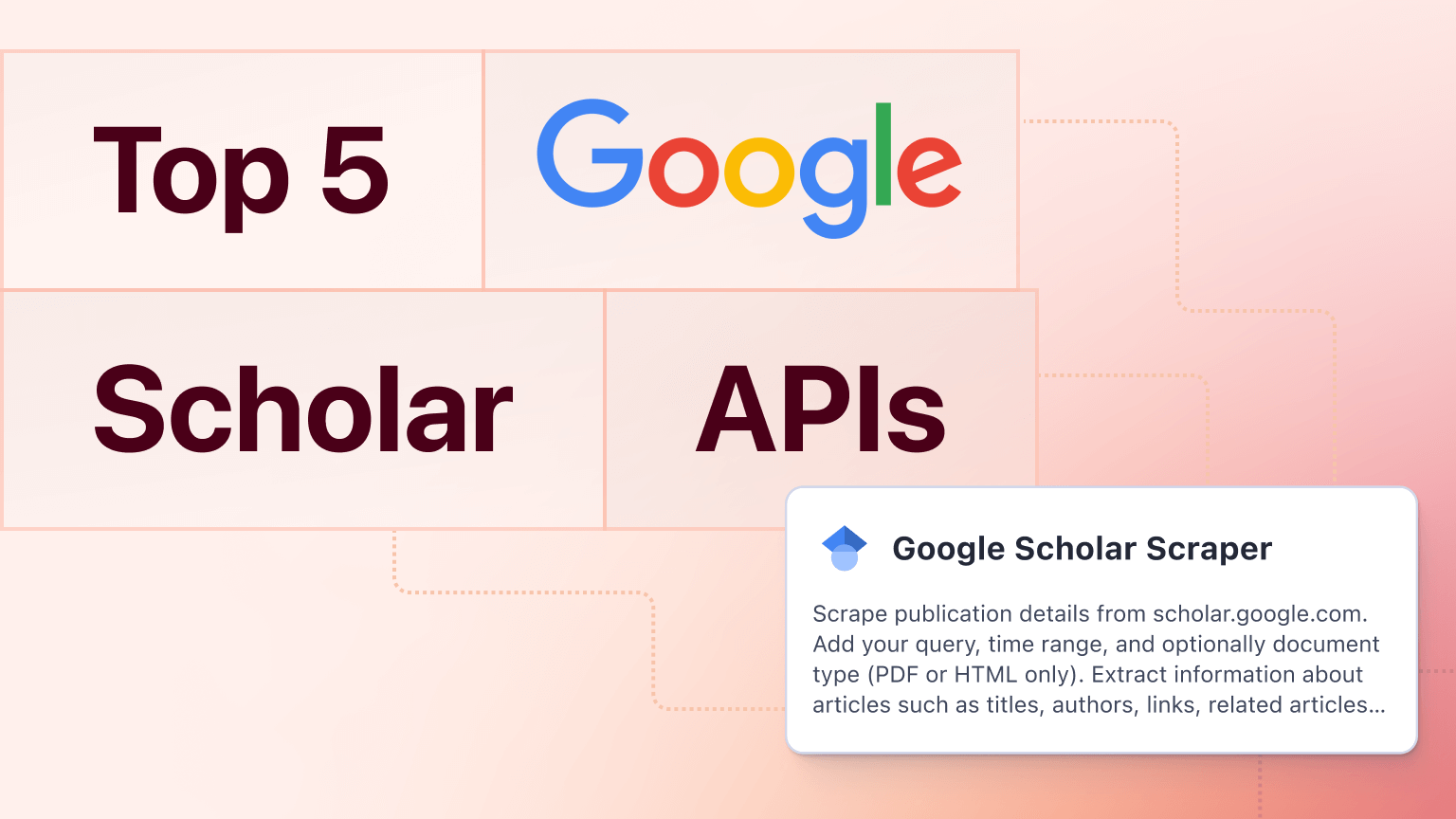Have you ever needed to collect data to prepare it for comprehensive analysis? I bet the answer is yes.
No matter what industry you’re in, decision-making is impossible without data analysis.
To have something to analyze, you must first collect the data, though.
To make sure you’re educated enough to start your data collection journey, in the next paragraphs, you’ll learn:
- What data collection actually is and how it works - with examples.
- About the types of data collection,
- As well as about its methods.
- How to collect data with web scraping,
- A step-by-step guide to data collection.
Speaking of data collection - do you know one of the most efficient ways to collect data from the internet is web scraping?
On Apify Store, you can choose from 2,000 ready-made web scrapers. such as Amazon Product Scraper, which collects data for you automatically and in a few minutes.
What is data collection?
By data collection, we mean the process of finding and gathering information from various sources and putting it into one place, mostly one database. With collected data, you are free to conduct research and analysis in whatever field you can think of. That’s why data collection is an essential part of decision-making.
It makes no difference if you’re a CEO of a multinational manufacturing company or a student writing his thesis; data collection is your key to knowledge.
Data collection is the systematic process of gathering and measuring information from various sources to answer specific questions and evaluate outcomes.
What is data collection - a real-life example
Let me explain data collection with this example. Imagine you’re an e-shop owner who wants to simplify the customer journey. To know what should be changed, you need to analyze tons of data, such as:
- how are customers satisfied with the products you offer,
- if the website is clear for them, they know where to click without confusion,
- from which sites they are coming from,
- if they tend to return or buy just once,
- and much more.
You’ll use other sources of information for each point, but all the data will end up in the same database so you can analyze it in more depth. That’s pretty much a demonstration of data collection in practice.
What are the 4 types of data collection?
Now, you might guess that it’s not as simple as it seems. Before we get into how to do data collection step by step, you must know some basic terms of data collection. Here they are.
Primary vs. secondary data collection method
| Primary data | Secondary data | |
|---|---|---|
| Data origin | Your own research | Third-party documents |
| Who collects the data | You - the researcher | Trusted organization or researcher who has nothing to do with your data collection, though. |
| Examples | Interviews, observations, focus groups… | Government publications, case studies, internal records, books… |
From the table above, you’ve learned that primary data comes from your own research, while secondary data has already been found by someone else.
Note that all data collection methods, such as interviews, case studies, etc., might be sources of both - primary and secondary data. It depends on who has conducted the research.
To clarify, if you’re doing rounds of interviews with your customers, it’s primary data. But if you’re using results of industrywide customer interviews that were conducted by a local chamber of commerce, it takes as secondary data.
Qualitative vs. quantitative data collection method
| Qualitative data | Quantitative data | |
|---|---|---|
| Format | Non-numerical, descriptive | Numerical |
| Question example | How satisfied are you with the easiness of placing an order? | On a rate from 1 (the worst) to 10 (the best), how intuitive do you find the e-shop layout? |
| Answer example | I don’t know where to find the shopping basket when searching for another product; otherwise, I am satisfied. | 7 |
While the definition is intuitive, defining one method as strictly qualitative versus quantitative is not always that obvious. In simple terms, it can be said that qualitative methods include the ones with direct contact with the other site, e.g., focus groups. On the other hand, surveys and questionnaires collect mostly quantitative data as it’s much easier to measure.

What are 7 major data collection methods?
| Method | How it works |
|---|---|
| 📊 Web scraping | Automated data extraction. It provides structured data, already neatly organized. |
| 💬 Interviews | Structured and non-structured dialogues |
| 👥 Focus groups | Group discussion (might be also structured but not necessarily) |
| 👀 Observation | Description of product or situation |
| 📚 Case studies | Description of an object or process as a story. Usually involves examples of best practices. |
| 📜 Documents and records | Attendance, financial, and other records might help you whenever historical data is needed. |
| ❔Surveys | Mainly qualitative data collection in a written form, often using tools such as Google or Microsoft Forms |
How to collect data with web scraping
Looking at the table, you might find yourself a little confused. Surveys? Checked. Interviews? Checked. But what is web scraping?
Let me introduce you to the most efficient form of data collection. Web scraping is an automated process of website data extraction. Imagine a tool that will help you to extract data from any website. That’s a web scraper. You can write one of your own or just use one of many ready-made scrapers for free.
The question is how to collect data with web scraping? Here’s a simple step-by-step guide to stick to.
1. Pick out the URLs you want to collect data from
Firstly, you need to decide what are the sites you want to scrape.
2. Select the data you want to scrape
Before running the scraper, you need to analyze what type of data you want to collect. You do so by identifying the unique selectors of your data. Imagine that you want to collect all H2 titles from a page. In that case, you want to scrape all <H2> tags.
3. Extract and parse the data
Now comes the interesting part about web scraping. You need to crawl the web to get the data and parse it afterward so you can store them and use them later.
4. Give it some love and clean the data
One more step - you might want to clean the data, you've got to save them in some nice format such as Excel sheet or JSON database.
Find out more about web scraping!
8 steps to take when collecting information
You’re about to collect data for your research question, whatever it's asking. But how do you do it? You already know about the types of data collection and its methods. Now, there are some basic steps you need to take when collecting data. Here they come:
1. Define what you want to find out
Before you start gathering the information, you must know what exactly you need to know. Think about what should be the result of your research.
2. Figure out what information you need and its sources
Once you have set the goal, it helps you to find out which type of data you need and where it could be found.
3. Choose the methods for your data collection
If you know where to find the data, you are one step closer to defining the method of data collection you’ll use. By selecting the best QR code generator, you can simplify the process and efficiently collect and track your data.
4. Make a timeline
Data collection is a complicated process. Before starting, make sure you’ve prepared the timeline step-by-step and know what exactly is happening right now, as well as what will occur in the next phase.
5. Prepare the tools you need
After deciding how you'll gather your information, get everything ready. If you'are going to ask questions during an interview, write them in a clear and fair way. If you’re about to be an observer, plan how you'll make notes. If you’re collecting data with web scraping, try some scrapers on Apify Store.
6. Test it out
Before you actually start gathering information, try your methods out on a small scale. This test run helps find any problems. Now you’re all set and the magic can happen.
7. Finally, collect the information
Stop playing and start collecting! Take your time and check every step of your data collection method carefully. Better safe than sorry applies a lot in data collection.
8. Plan a data analysis
Congratulations! You’ve successfully collected the data. Now, give them some structure and prepare them for a data analysis that’ll tell you more secrets.
What you’ve learned about data collection
What should you definitely take away from this article? Remember that data collection is a way to systematically gather information from a number of sources. There are some types of data collection methods such as gathering primary or secondary data or using techniques of qualitative or quantitative collection.
In the real world, you need data collection to make data-based decisions to systematically obtain information. To do that, web scraping might help you with quick and easy data acquisition.
And that’s it. You're free to start your own data collection journey.
FAQ
Or maybe you still have some questions?
What do you do in data collection?
In data collection, you systematically gather information from various sources and through different methods to reach your goal. That goal might be to address specific research questions, test hypotheses, or measure outcomes.
What is the meaning of data collection?
Thanks to data collection, you can make data-based decisions, which helps you create strategies for the real world.
What are the 4 major techniques in data collection?
The major techniques in data collection include primary, secondary, qualitative, and quantitative data collection.
What are the 5 ways of collecting data?
The five primary methods of collecting data include:
- Surveys and Questionnaires
- interviews.
- observation,
- focus groups,
- documents, records, and case studies.
However, modern methods such as web scraping might help you as well.
What is an organized collection of data?
A database. An organized collection of data is just a fancy name for a database.
What is web scraping?
Web scraping is a technique used to extract large amounts of data from websites automatically by using software tools such as those provided by Apify.
Is web scraping legal?
Short answer: Yes, web scraping is legal, but there are limits, and the legality of web scraping also depends on the laws in your region.
Long answer: Keep in mind that whatever you do, you should always behave ethically, and that includes web scraping. Don’t scrape personal data without permission, and learn about your local regulations, including GDPR in the EU or CCPA in California. You can find a more comprehensive explanation here or in this video.








